Cognitive Behavior Therapy for Children
Cognitive Behavior Therapy Overview:
Cognitive Behavior Therapy is an evidence-based practice shown to be effective for children, teens, and adults.
Cognitive Behavior Therapy focuses on the present and the future. It helps children realize they have control over their behaviors.
Cognitive behavioral therapy (CBT) is a type of talk therapy.
CBT helps children and teens look at their thoughts, feelings, and behaviors.
CBT can be helpful for children with anxiety, depression, and other emotional issues.
Your child doesn’t need to have a diagnosed mental health condition to benefit from CBT.
Cognitive Behavior Therapy and Children – How does it work and is it effective?
There are certain steps involved in CBT. They include:
Identifying things in life that are upsetting.
Becoming aware of thoughts and feelings about them.
Recognizing thinking that’s negative or not accurate.
Reshaping that thinking into a more positive view.
CBT for children has practical everyday applications. This therapy can help your child understand the negativity of their thought patterns and learn how to replace them with more positive ones. Discovering new ways of looking at things helps a child learn how to respond differently and improve rather than worsen stressful situations.
Here’s an example. Your child says, “I’m stupid and I can’t read. I’m not reading any more books.”
CBT can help children challenge that thought and replace it with, “I’m good at lots of things. My reading problems can make learning harder, but I’m just as smart as other kids. And there are tools I can use to make reading easier.”
Cognitive Behavior Therapy can give your child realistic strategies to improve their lives in the here and now. Once these strategies become habit, the new skills can follow them throughout their lives.
CBT can help children learn to control:
self-defeating thoughts
impulsivity
defiance
Replacing negative reactions with:
improved self-image
new coping mechanisms
problem-solving skills
more self-control
CBT is short-term versus other types of therapy. The number of sessions children attend is usually between 6 and 12. Each person is different, and the number of recommended sessions can vary.
While CBT is a type of talk therapy, it’s so much more. The therapist will provide tangible ways for your child to take control and empower themselves. They will teach skills that can be put into practice immediately.
A common question asked by parents is, “can my child benefit from CBT if they are not on medication?” The answer is ABSOLUTELY! CBT is effective with children if they are taking or not taking medications. CBT is also effective if used with other therapies as well.
Cognitive Behavior Therapy Techniques:
Through various techniques, a child can practice alternative ways of handling stressful situations.
Play therapy. Arts/crafts, dolls/puppets, toys, or role-playing are used to help the child address problems and work out solutions. This can also help keep younger children engaged.
Trauma-focused CBT. Used to treat children affected by traumatic events, including natural disasters. The therapist will focus on behavioral and cognitive issues directly related to trauma the child has experienced.
Modeling. The therapist may act out an example of the desired behavior, such as how to respond to a bully, and ask the child to do the same or to demonstrate other examples.
Restructuring. This technique is a way for a child to learn to recognize and replace a negative thought to a better one. For example, “I’m horrible at sports. I’m a loser” can become “I’m not the best athlete, but I’m good at a lot of other things.”
Exposure. The therapist slowly exposes the child to the things that trigger anxiety or fear.
Whatever the technique, CBT can be conducted in several ways, such as:
Individual. Sessions involve only the child and the therapist.
Parent-child. The therapist works with the child and parents together, teaching specific parenting skills so their children make the most of CBT.
Family-based. Sessions can involve parents, siblings, or others who are close to the child.
Group. Includes the child, therapist, and other children who are dealing with the same or similar problems.
Cognitive Behavior Therapy and Existing Conditions:
Your child doesn’t have to have a diagnosed mental health condition to benefit from CBT and it’s not a “cure” for conditions. However, CBT can be effective in dealing with specific conditions, such as:
Attention deficit hyperactivity disorder (ADHD)
Anxiety
Trauma and Post Traumatic Stress Disorder (PTSD)
Depression
Mood Disorders
Self-harm
Eating Disorders
Obsessive Compulsive Disorder (OCD)
Conclusion:
CBT is a safe, effective therapy that can help children with a wide range of conditions and concerns.
CBT requires practice in order for new habits to form.
There is significant amount of research identifying CBT as an effective means of treatment for many conditions.


